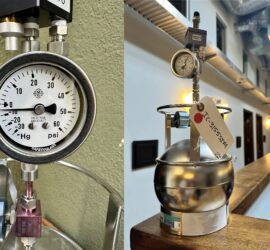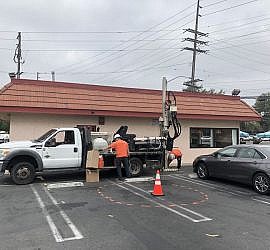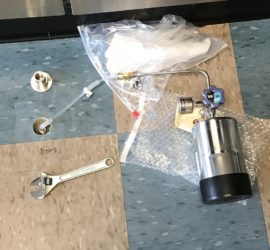Vapor Intrusion Mitigation System (VIMS)
A vapor intrusion mitigation system (VIMS) prevents the infiltration of toxic soil gases into modern buildings occupied by people. These systems are necessary for developments above existing soil contamination plumes and groundwater pollution cases. In most cases, VIMS aims to block volatile organic compounds (VOCs), petroleum hydrocarbons (TPH), methane in natural gas, and radon. The general design entails a passive sub-slab depressurization system to redirect toxic soil gases away from indoor spaces, an active ventilation system to disperse and dilute gases, and an impervious vapor membrane to impede their upward movement. Overall, a soil vapor intrusion mitigation system ensures the safety of indoor air quality and prevents health risks to occupants. Updated August 5, 2024.
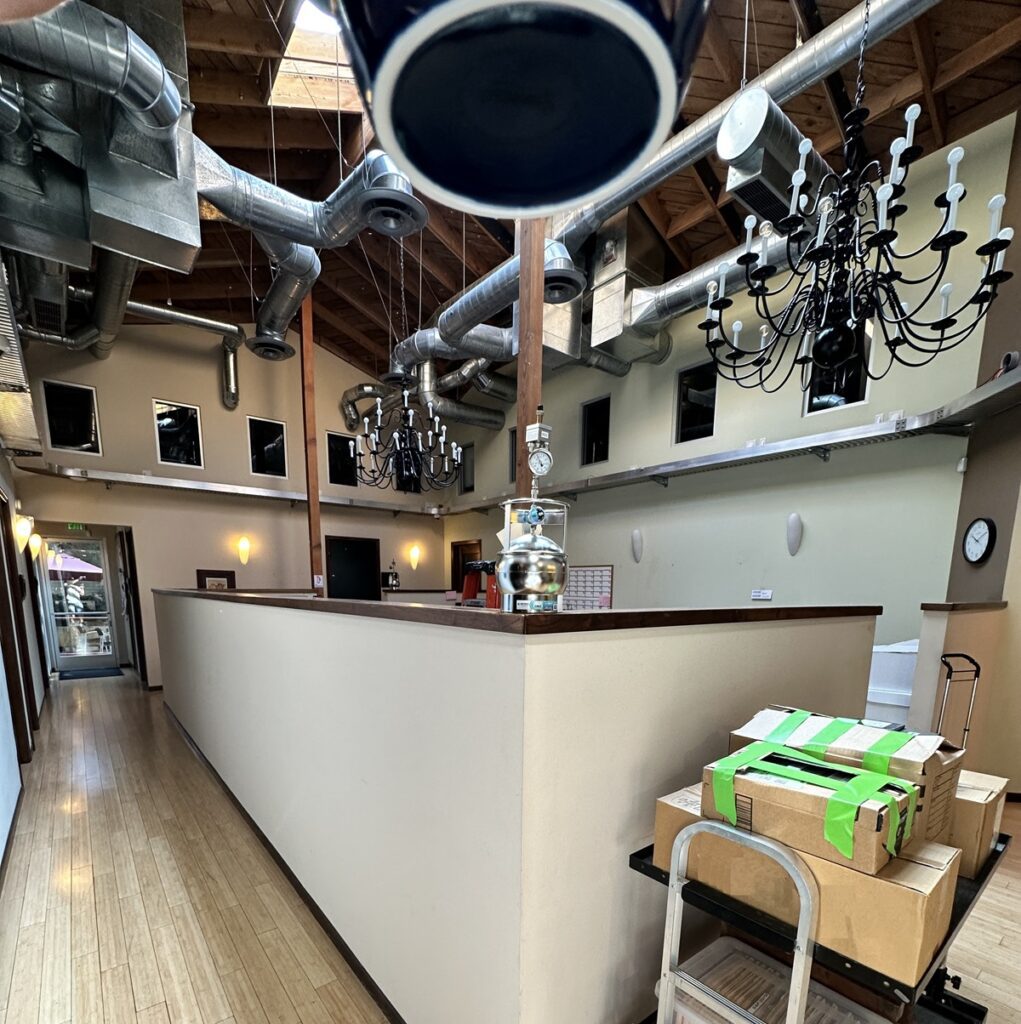
Understanding Soil Vapor Intrusion
Soil vapor intrusion occurs when gases from beneath the ground find their way into buildings via upward migration. These gases can be toxic in areas where soil contamination is apparent. Subsurface toxins can originate from various sources, such as polluted industrial sites, gasoline stations, landfills, crude oil deposits, and other naturally occurring radioactive substances rock.
Soil Vapor Migration Risks
Identifying possible subsurface contamination typically arises as a “Recognized Environmental Condition (REC)” in a Phase 1 Environmental Site Assessment. Additionally, most building departments establish hazardous gas zones and require soil vapor testing procedures prior to plan approval. For example, the City of Los Angeles requires methane testing in methane zones and methane buffer zones.
Soil Vapor Intrusion Testing
To ensure the safety of indoor air quality, geologists and environmental professionals conduct soil vapor intrusion tests. Similar to a Phase 2 Subsurface Investigation, this involves analyzing soil and air samples. Geologists compare these results to screening levels. Thereafter, they evaluate the fate and transport of each chemical of concern and conduct a human health risk assessment (HHRA).
Vapor Intrusion Mitigation System Components
By design, the geologist prepares a mitigation plan for the proposed soil vapor mitigation system (VIMS). This design considers soil vapor test data to block the toxic soil vapor intrusion. And depending on the amount of subsurface contamination, these systems can be passive or active.
Sub-Slab Depressurization
A common mitigation technique involves installing a depressurization system beneath the building’s foundation. To illustrate, this network of perforated piping equalizes the earth’s pressure under the building, with atmospheric pressure. And this equilibration effectively redirects soil vapor away from the interior, outward to the atmosphere.
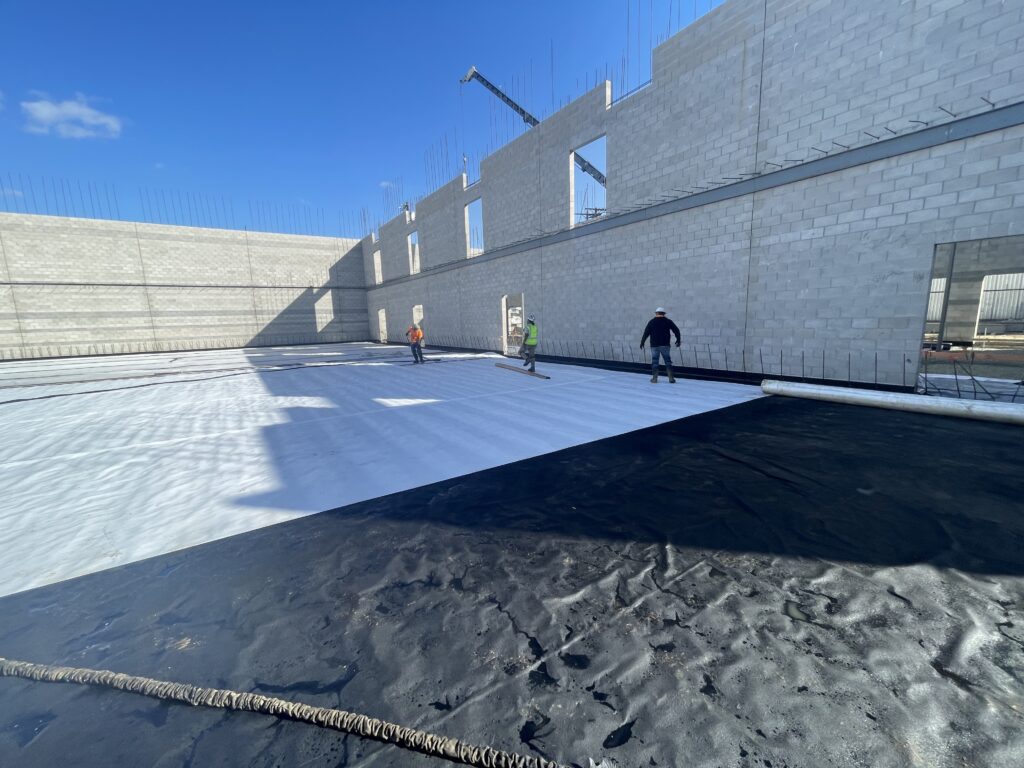
Ventilation Systems
Proper subsurface ventilation is key to maintaining good indoor air quality. Subsurface ventilation systems require strategic design. Geologists and engineers use structural and architectural plans to determine ventilation criteria. In conclusion, the goal is to dilute and disperse gases, reducing their concentration within buildings.
Barrier Installation
Moreover, designers specify a physical barrier under the building foundation that acts as a protective shield. These vapor-resistant membranes prevent the upward movement of harmful gases, if not already done so by the ventilation piping.
Why a Vapor Intrusion Mitigation System Matters
In conclusion, a soil vapor intrusion mitigation system is crucial for maintaining a healthy living environment. By understanding the contamination risks and implementing effective mitigation strategies, we can safeguard homes and workplaces from the potential health hazards of subsurface gases. For more information about vapor intrusion mitigation, please refer to Geo Forward’s methane mitigation page.


